Your email's opening line is more powerful than you think. But what exactly is an email opening line?
It’s the first sentence or phrase in your email that sets the tone, grabs the recipient’s attention, and encourages them to keep reading.
A good opening line can make all the difference, especially in professional emails, follow-ups, or when reaching out to cold leads. Did you know that emails with personalized and engaging openers are 26% more likely to be read?
Whether you’re pitching an idea, building rapport, or following up, this guide delivers 50 compelling examples tailored for formal emails, business settings, and casual interactions.
Why Your Email Opening Lines Matter
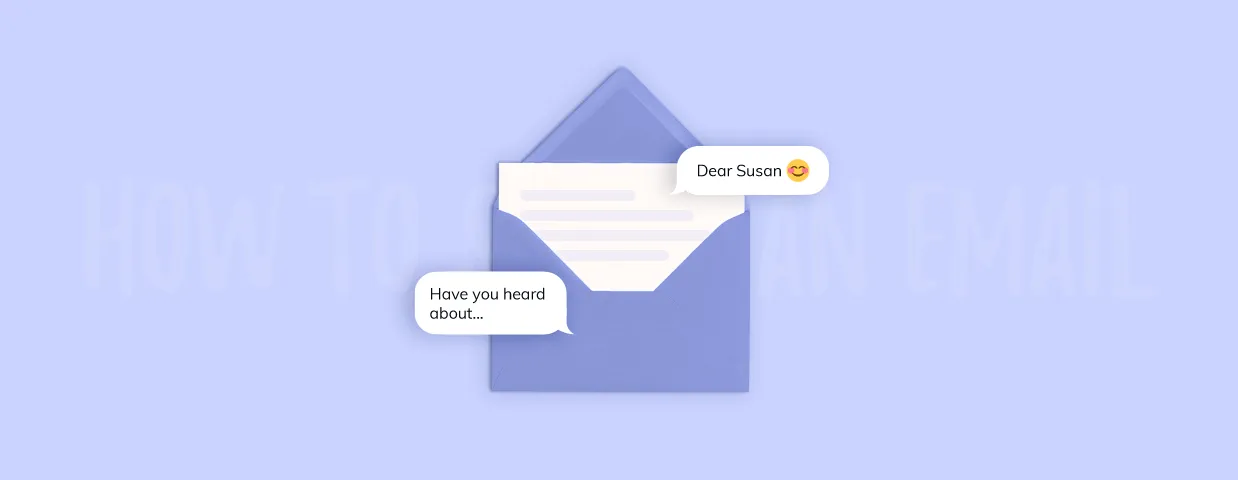
Crafting the perfect email opening line can make all the difference in how your message is received. Here's why it matters:
1. First Impressions Count
- The opening line of your email is like a handshake. It sets the tone for the rest of your message.
- Studies show that emails with personalized and engaging opening lines have a 26% higher chance of being read. If your opening line is dull, your email might go straight to the trash.
2. Determines Readability
- An appropriate opening line grabs the reader’s attention. It makes them want to read further. Imagine receiving an email with a boring start. Would you continue reading? Probably not.
- Using keywords like "opening line email" and "email opening lines" helps you create curiosity and pull the reader in.
3. Establishes Relevance
- A good opening lines show the reader that your message is important to them.
- Mentioning something specific, like a previous conversation or a shared interest, makes your email feel personal. For example, "Hi [Name], I enjoyed discussing [topic] during our last meeting."
4. Builds Credibility Quickly
- People trust emails that seem genuine and professional. A clear and polite opening line, like "I hope this email finds you well," shows respect.
- Using "formal email opening lines" for business settings or "friendly email opening lines" for casual notes builds trust.
"Ready to enhance your email credibility? Try Alore's Email Warm-Up tool for higher deliverability and trust. Get started today!"
5. Influences Click and Response Rates
- The opening line can decide whether the reader clicks on your email or replies to it.
- Impactful email opening lines can make your message stand out in crowded inboxes.
- Catchy email opening lines like "Hi [Name], I have an idea to solve [pain point]" instantly show value. For sales professionals, a direct opening line works best.
Types of Email Opening Line
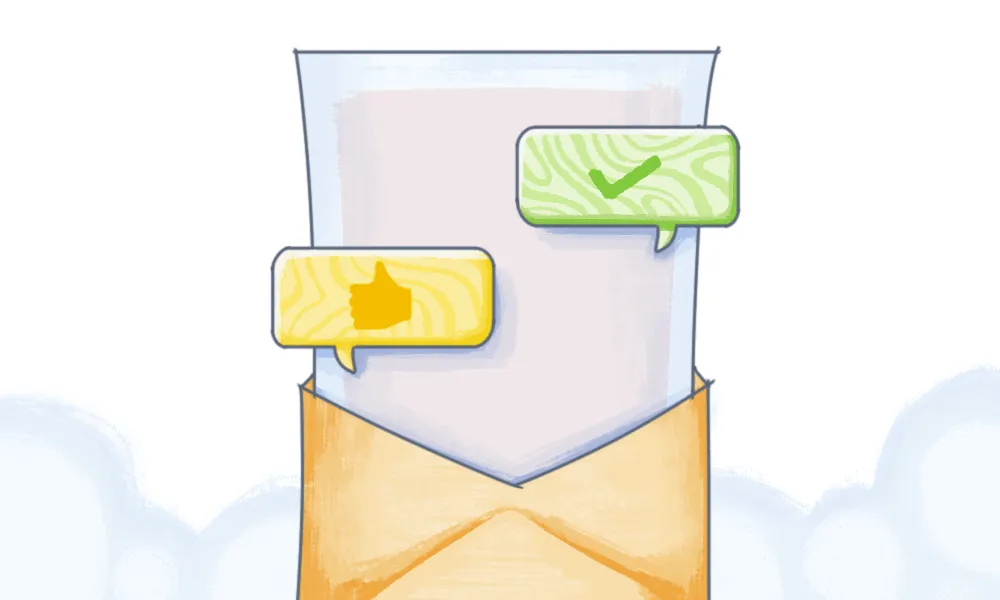
1. Formal Email Opening Lines for Professional Settings
Formal opening lines are used in professional emails, like when contacting a client, family member, or colleague. They create a respectful tone. Some situations require a more formal tone to maintain professionalism.
How to: Use polite language and mention the purpose of your email. Avoid being overly casual.
Examples:
- "I hope this email finds you well."
- "I’m reaching out regarding [specific topic]."
Formal, professional email opening lines build trust and show you value the recipient’s time.
2. Friendly Email Opening Lines to Build Rapport
Friendly opening lines are casual and work well for someone you know or want to connect with.
How to: Start with a warm tone and make the reader feel comfortable. Mention something personal or positive. Wishing someone a great week can add a friendly tone to your email.
Examples:
- "Hi [Name], how’s your week going so far?"
- "I hope you’re having a great day!"
Friendly email opening lines help you connect with the recipient and make them more likely to respond.
3. Funny Email Opening Lines to Break the Ice
Funny opening lines are lighthearted and can make your email stand out. Use these for creative or informal emails.
How to: Add humor that feels natural and fits the context. Avoid jokes that might confuse or offend.
Examples:
- "Happy not Monday! Hope your coffee’s strong today."
- "Did you know today is National Email Day? Just kidding, but here’s why I’m writing…"
Funny email opening lines are great for breaking the ice and grabbing attention.
4. Business Email Opening Lines for Professional Communication
These are opening lines designed for formal business interactions, like reaching out to clients, colleagues, or sales leads.
How to: Use polite, straightforward language. Mention the purpose of your email early to save time and build professionalism.
Examples:
- "I hope this email finds you well. I wanted to discuss [topic]."
- "I’m reaching out regarding our meeting scheduled for [date]."
Business email opening lines are perfect for showing respect and creating a professional tone in a business setting.
5. Story-Based Email Opening Lines for Emotional Connection
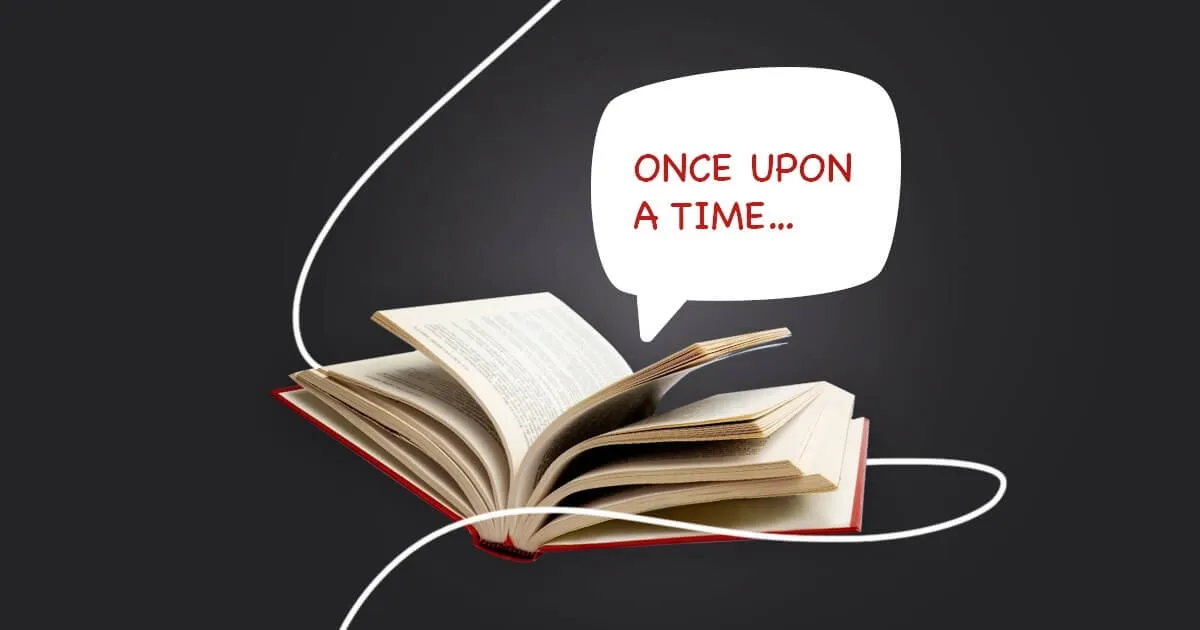
Story-based opening lines use a short narrative to grab the reader’s attention and make an emotional impact.
How to: Share a quick story or relatable situation that connects to the purpose of your email. Keep it short and relevant.
Examples:
- "Last week, I faced the same challenge you're dealing with. Here’s how I solved it."
- "When I first heard about your company, I was inspired by [specific achievement]."
Story-based email opening sentences and lines make your email more personal and memorable, helping to build rapport.
6. Complimentary Email Opening Lines to Flatter and Engage
These opening lines use a compliment to grab attention and make the recipient feel valued.
How to: Be genuine and specific with your praise. Avoid over-the-top flattery, as it can seem insincere.
Examples:
- "I’ve been following your work on [project]—it’s truly impressive."
- "Your recent achievement in [specific field] caught my eye. Congratulations!"
Complimentary opening lines are great for engaging the reader and creating a positive tone right away.
7. Event-Specific Email Opening Lines to Show Timeliness
These effective email opening lines reference a recent or upcoming event, making your email feel current and relevant.
How to: Mention a specific event, like a webinar, holiday, or company milestone, in the opening line of cold email. This shows you’re paying attention to the recipient’s schedule or interests.
Examples:
- "Hi [Name], excited to see you registered for our upcoming webinar on [topic]!"
- "Happy [holiday or special day]! I thought today would be a great time to share [specific information]."
Event-specific email opening lines grab attention by showing relevance and timeliness.
8. Pain-Point Focused Email Opening Lines to Relate Instantly
These lines address a problem the recipient may be facing, making your email feel helpful right from the start.
How to: Research your recipient’s industry or role. Identify a common challenge they face and mention it in the first line.
Examples:
- "Hi [Name], are you struggling to keep up with [specific challenge]? We’ve helped others solve this quickly."
- "I noticed many [industry] professionals are facing [pain point]. Here’s a simple way to fix it."
Pain-point focused opening lines build trust by showing empathy and offering solutions.
9. Data-Driven Email Opening Lines for Immediate Value
These opening lines use facts or statistics to catch attention and provide value upfront.
How to: Share a key piece of data related to the recipient’s field or interests. This shows you’re informed and credible.
Examples:
- "Did you know [statistic]? This could be the key to improving [specific goal]."
- "Hi [Name], companies using [product or method] see a 25% boost in efficiency. Here’s how it works for you."
Data-driven opening lines immediately position you as a knowledgeable and helpful resource.
10. Direct Email Opening Lines for Busy Professionals

These opening lines are short, clear, and straight to the point. They work best when emailing busy people who don’t have much time to spare.
How to: Keep it simple. State your purpose in one or two sentences.
Examples:
- "Hi [Name], I’d like to discuss how [your product or service] can save you time."
- "Can we schedule a 10-minute call to review [specific topic]?"
Direct email opening lines show respect for the recipient’s time and make your message clear.
11. Referral-Based Email Opening Lines for Instant Credibility
Referral-based opening lines mention a mutual connection or someone who referred you. This instantly builds trust and credibility.
How to: Start by naming the person who referred you or explain how you’re connected.
Examples:
- "Hi [Name], [Referrer’s Name] suggested I reach out to discuss [specific topic]."
- "We both know [mutual connection], and they mentioned you might be interested in [specific topic]."
Referral-based email opening lines establish trust and make the reader more likely to respond.
12. Seasonal Email Opening Lines to Stay Current
These lines reference current events, holidays, or seasons to make your email timely and relatable. Mentioning an exciting time ahead can make your email feel hopeful and engaging.
How to: Mention a holiday or seasonal theme and tie it to your email’s purpose.
Examples:
- "Happy New Year, [Name]! Here’s a quick idea to help you hit your goals this year."
- "With the holiday season coming up, I wanted to share some ways we can support your business."
Seasonal email opening lines make your professional email: feel relevant and friendly.
13. Collaborative Email Opening Lines to Propose Partnerships
These opening lines are for emails where you want to suggest working together. They focus on shared goals and mutual benefits.
How to: Highlight what you bring to the table and why the partnership will benefit both sides.
Examples:
- "Hi [Name], I believe our companies share a vision for [specific goal]. Let’s explore how we can work together."
- "I noticed we both serve [same industry]. I’d love to discuss a potential partnership to achieve [specific result]."
Collaborative email opening lines create opportunities by emphasizing teamwork and shared success.
14. Question-Based Email Opening Lines to Encourage Dialogue
These lines use questions to engage the reader and invite a quick response back. They work well for starting conversations or getting feedback.
How to: Ask a question that is relevant to the recipient’s interests or challenges. Make it simple and easy to answer.
Examples:
- "Hi [Name], what’s your biggest challenge in [specific area] right now?"
- "Have you considered how [specific solution] could help with [specific problem]?"
Question-based opening subject lines encourage interaction and make the email feel more personal.
15. Empathetic Email Opening Lines to Show Understanding
These lines show that you understand the recipient’s struggles or needs. They are great for building trust.
How to: Mention a challenge or concern the other recipient's name might have. Offer support or a solution early in the email.
Examples:
- "Hi [Name], I know managing [specific task] can be overwhelming. Here’s a quick way to make it easier."
- "I understand how difficult [specific challenge] can be. Let’s find a way to simplify it."
Empathetic email opening lines show care and help build a strong personal connection with the reader.
"Want to reach more leads effortlessly? Use Alore’s customizable email sequences to automate and scale your outreach. Get started here!"
Best Email Opening Lines for Various Situations
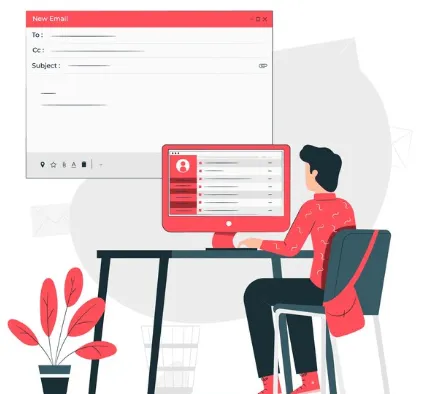
The best opening lines are those that resonate with the recipient’s needs or interests.
1. When Reaching Out to a Cold Lead
Cold leads are people you haven’t interacted with before. Your goal is to make a positive impression and spark interest.
Examples:
- "Hi [Name], I came across your profile and was impressed by [specific achievement]. I’d love to discuss how we could collaborate."
- Hi [Name], I noticed your recent post on [topic] and found it insightful. Can we discuss how I can support your goals?"
2. For Following Up After a Meeting
After meeting someone, it’s essential to send a follow up email to keep the conversation going. Your opening line should remind them of your interaction and set the stage for the next steps.
Examples:
- "Hi [Name], thank you for taking the time to meet with me. Here’s a summary of our conversation and how we can proceed."
- "Hi [Name], it was great speaking with you earlier. I wanted to recap our discussion and explore the next steps."
3. When Sending a Proposal
Proposals are often sent to formalize discussions or suggest solutions. Your opening line should remind the recipient of the purpose and set a professional tone.
Examples:
- "Hi [Name], following up on our meeting, I’ve attached a proposal for [specific need]. I look forward to your feedback."
- "Hi [Name], as discussed, I’ve outlined a plan tailored to your goals. Let me know your thoughts."
4. When Apologizing for a Delay
Use this type of email opening when you’ve been delayed in responding or completing a task. Acknowledge the delay and a prompt response to reassure the recipient you’re taking action.
Examples:
- "Hi [Name], I wanted to apologize for the delay and assure you I’m addressing it promptly."
- "Hi [Name], I’m sorry for the late response. Thank you for your patience as I work to resolve this."
5. For Congratulating a Milestone

Congratulatory opening lines are perfect for recognizing someone’s achievements, such as promotions or awards. They show your thoughtfulness and strengthen relationships.
Examples:
- "Hi [Name], congratulations on [achievement]! It’s inspiring to see your hard work recognized."
- "Hi [Name], I saw your recent promotion—well deserved! Wishing you continued success in your new role."
6. When Following Up After No Response
Follow-up opening lines are for situations where the recipient hasn’t responded to your previous email. These two cold email opening lines politely remind them to reply. A well-crafted follow up email can revive interest and keep the conversation going.
Examples:
- "Hi [Name], I hope this finds you well. I wanted to follow up on my previous email about [topic]."
- "Hi [Name], just circling back to ensure my last email didn’t get buried in your inbox."
A friendly reminder in your opening line can help keep the recipient informed.
7. When Networking or Making Introductions
Use this type of email opening line when reaching out to someone new. It works well for professional networking or introducing yourself.
Examples:
- "Hi [Name], I admire your work in [field]. I’d love to learn more about your journey and share insights."
- "Hi [Name], I recently came across your [article/project], and it really stood out to me. Would you be open to connecting?"
8. For Pitching a Product or Service
These opening lines are great when you want to introduce your product or service to a potential client. They highlight how you can solve a problem or meet a need.
Examples:
- "Hi [Name], companies like yours have seen [specific benefit] by using [your product/service]. I’d love to show you how."
- "Hi [Name], I noticed [specific need or challenge]. Here’s how we can help you overcome it."
9. When Requesting a Favor or Feedback
Use these lines when you need advice, input, or assistance from the recipient. They show respect for the recipient’s expertise and encourage them to help.
Examples:
- "Hi [Name], I value your expertise and would appreciate your thoughts on [specific topic]."
- "Hi [Name], your input on [specific project] would mean a lot to me. Could you share your feedback?"
10. For a Friendly Check-In
A friendly check-in formal email opening line works well when you want to reconnect with someone. It’s casual, warm, and helps maintain your relationship.
Examples:
- "Hi [Name], I hope this message finds you well. How are things going on your end?"
- "Hi [Name], it’s been a while since we last connected. How’s everything with you these days?"
Pro Tips for Writing Catchy Email Opening Lines
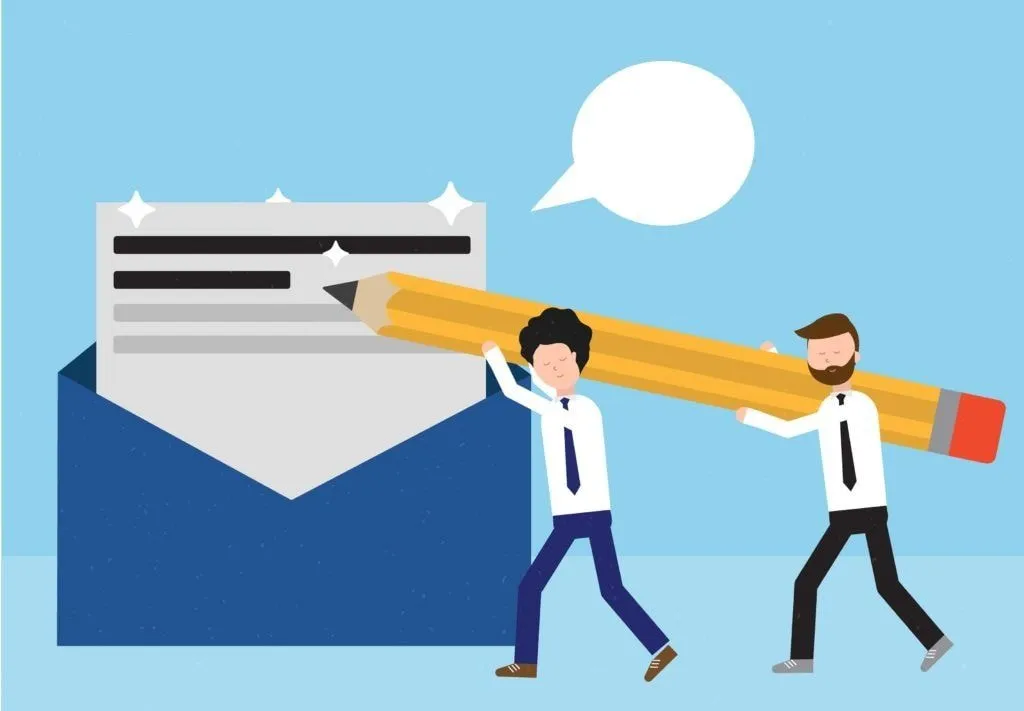
1. Keep It Short and Sweet
Short, opening sentences and lines are easy to read and get to the point quickly. They respect the reader’s time.
How to:
- Use simple language.
- Avoid long introductions.
- Make your purpose clear in a few words.
Short emails are more likely to be read fully, and clear openers set the right tone.
"Keep your campaigns efficient and impactful. Explore Alore's Drip Campaigner to automate and personalize your email sequences with ease. Try it now!"
2. Ask a Thought-Provoking Question
Starting blog post with a question grabs attention. It makes the reader curious and more likely to respond.
How to:
- Ask something relevant to the reader’s interests or needs.
- Make it easy to answer.
Questions create engagement and encourage dialogue, making your email feel more personal.
3. Leverage Relevant Trends or News
Mentioning current trends or news makes your email timely and relatable. It shows you’re informed and paying attention to what’s happening.
How to:
- Reference recent events in the recipient’s industry or field.
- Tie the trend to your message or offer.
This approach makes your email feel fresh and relevant, increasing the chances of it being read.
4. Use Curiosity to Create Intrigue
Curiosity grabs attention. People naturally want to know more when something intrigues them. A creative opening line can leave a memorable impression on the reader.
How to:
- Ask a question or make a surprising statement that relates to their interests or needs.
- Avoid giving away too much right away.
Curiosity makes the reader want to open the email and find out what’s next.
5. Use Humor (When Appropriate)
Humor can break the ice and make your email feel light and approachable.
How to:
- Use a funny or relatable line, but keep it professional.
- Make sure it aligns with the recipient’s tone or industry.
A touch of humor makes your email stand out and keeps the reader smiling while reading it.
6. Focus on the Reader’s Benefit
People want to know what’s in it for them. Show how your email solves a problem or adds value.
How to:
- Highlight a clear benefit in the first sentence.
- Be specific and direct about what they’ll gain.
When readers see value right away, they’re more likely to read further and take action.
Conclusion
Crafting the perfect opening line email is essential for capturing attention and building strong connections. A well-thought-out email opening and subject line can help set the tone, encourage engagement, and drive results.
Remember to keep your opening lines clear, relevant, and engaging. Whether you are writing to a professional or reaching out casually, tailor your message to your reader. Use strategies like asking questions, highlighting benefits, or adding humor when it fits the tone.
By implementing these tips, you can create emails that stand out in inboxes. Start applying these techniques today, and watch your emails make a lasting impact.

.webp)



.jpg)

.jpg)
